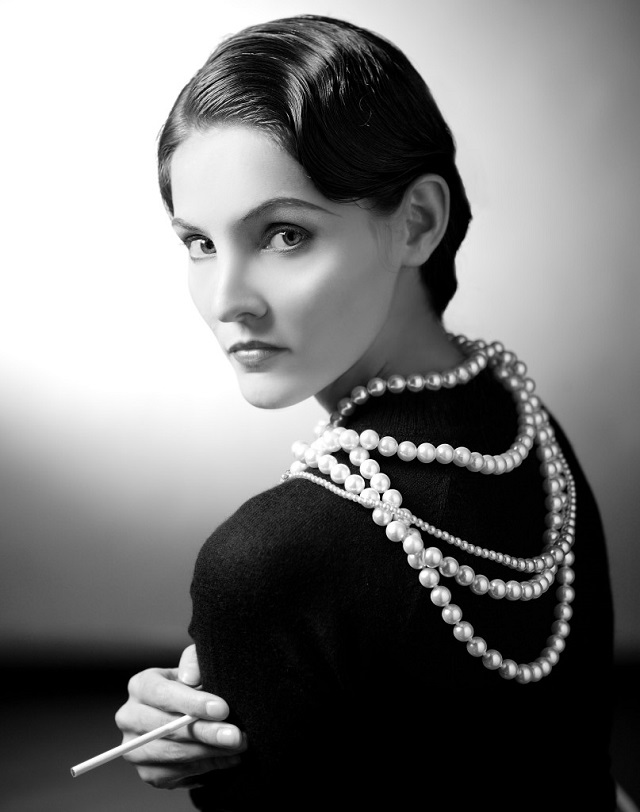 If you dream of becoming the next Donna Karan or Versace, it is time to turn that dream into a reality. Becoming a fashion designer isn’t easy, but it can be done- as long as you’re committed and willing to put in the work. Drawing up designs is just a fraction of what it takes: you need technical expertise, fashion knowledge, real-life experience, and determination, to go from nobody to somebody.
If you dream of becoming the next Donna Karan or Versace, it is time to turn that dream into a reality. Becoming a fashion designer isn’t easy, but it can be done- as long as you’re committed and willing to put in the work. Drawing up designs is just a fraction of what it takes: you need technical expertise, fashion knowledge, real-life experience, and determination, to go from nobody to somebody.
There are so many avenues to pursue, finding the right path for you can be tricky. This article will help you figure it all out. It outlines the steps necessary to succeed as a fashion designer, from building your portfolio and finding trade shows to fashion schools and creating prototypes. Just be sure to remember us when your famous!
Fashion Design 101: The Basics
Having a passion for clothes and a talent to envision and create them is just the beginning when it comes to fashion design. You have to know where your strengths lie, figure out what you want to create and decide where and how you intend to do it. And you have to understand that everything you intend to do takes time.
Overnight success is not what this industry is about. Establishing your name and brand means long hours, lots of rejection and years of living paycheck to paycheck. But if you stick with it, eventually you will find your niche and you will feel pride seeing others wear what you dreamt up.
So what does it take to become a designer? Here are the basics, which we will explain in the upcoming sections:
- Learn the trade and hone your skills
- Develop a plan/strategy
- Develop your trade at school
- Learn about business
- Complete a portfolio
- Intern for a company/ply your trade
Learning the Trade: From Concept to Prototype
Being able to dream up different concepts, whether it be dresses or designer socks, is great, but not if you can’t create them. You need to be able to draw what you see, making it a 3-D image on paper not just on paper, but on the computer and on the actual materials. You also need basic sewing skills to put your design together once you come up with and draw out the patterns.
Striking drawings and computer animations won’t get you far. Yes, you can at some point get into a company and have others make what you draw, but you first need to get your foot in the door. That means showing companies actual pieces, which means you need to sew them yourself.
Besides, working with fabrics, understanding how they move, drape and conform to the body, is a key component for creating realistic and innovative designs that will work on people, not mannequins. That’s why the first thing you need to do is familiarize yourself with the tools of the industry. Here’s how:
Read the full story here







